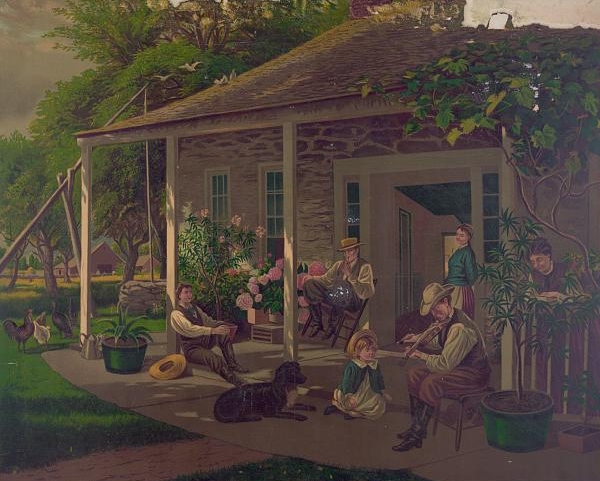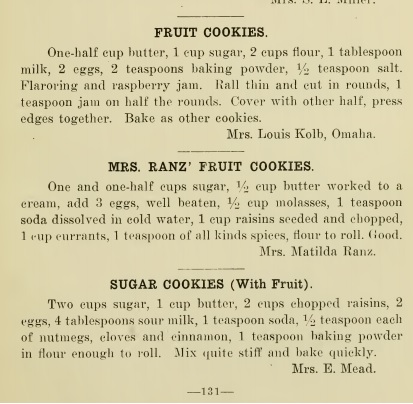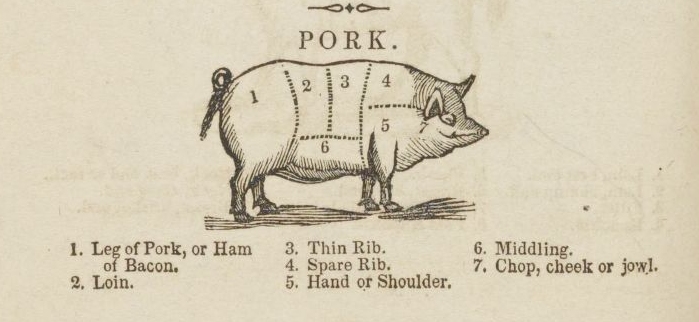Nostalgia – a sentimental longing for the past. Many primary source texts and images suggest the past was a better place. But was it really? The word comes from Greek roots: nostos means to return home, aliga/alegein means pain, to care about, longing. Homesickness is a similar feeling – a longing for home.
Historical sources are often nostalgic, skewing our views of the past. You’ve heard modern references to the halcyon days when people didn’t need to lock the doors of their homes, when neighbors always helped neighbors, when men were brave and chivalrous, women virtuous, and students always did their homework and behaved. In every historical era, references are made to previous golden age. But was a previous era really that good?
Probably not. Every culture throughout time had the good and the bad. Nostalgic primary sources say more about the creators’ views of their own contemporary eras than an idealized past.
Nostalgia in Primary Source Images

For example, in the late Middle Ages, (1300s -1400s), the nobility was obsessed with chivalry and elaborate tournaments. At the same time, mounted knights in war were becoming obsolete due to the introduction of gunpowder. At the Field of the Cloth of Gold (1520), jousts between King Henry VIII of England and King Francis I of France were nostalgic re-enactments of battle, not the reality of 16th century warfare. Times were changing and the past was idealized.
In the late 1800s, more and more Americans were leaving the farm to live and work in towns and cities. At the same time, nostalgic lithograph prints depicting idealized rural farm homes were especially popular. The 1877 lithograph used as a header image for this post is entitled “Home Sweet Home.” A rural family is relaxing on the porch of a perfect home. No references to the hard labor required by men, women, and children on a late 19th century farm. Many people were yearning for this nostalgic, peaceful life after the economic disaster caused by the Panic of 1873 and a year of the labor unrest, the Great Railroad Strike, Indian Wars, and violence.
Analyzing Primary Sources in the Classroom
Ask your students to consider modern media depictions of the 1950s. The “mid-century” nostalgic trend portrays a time when families were “traditional” – dads worked, moms got to stay at home and loved it, and kids could “play all day outside and didn’t come home until dark” because the world was a much safer place. Historical study of the real 1950s reveals that most people did not live this utopian life. Everyone was not suburban middle class and sexism and racism were prominent features of daily life.
Ask students to consider what broader modern trends cause Americans to yearn for the idealized1950s. Future historians will probably conclude that concerns about job security due to technological change and globalization and changing family patterns are the “real” history of the early 21st century.




One thought on “Beware of nostalgia in primary sources”